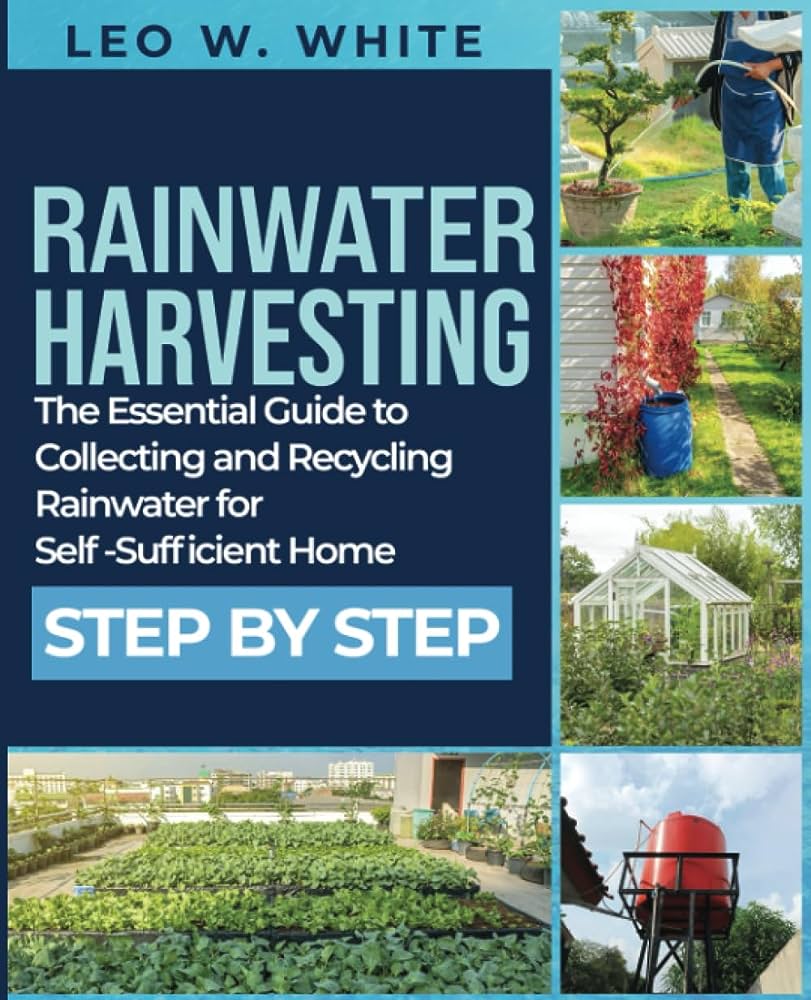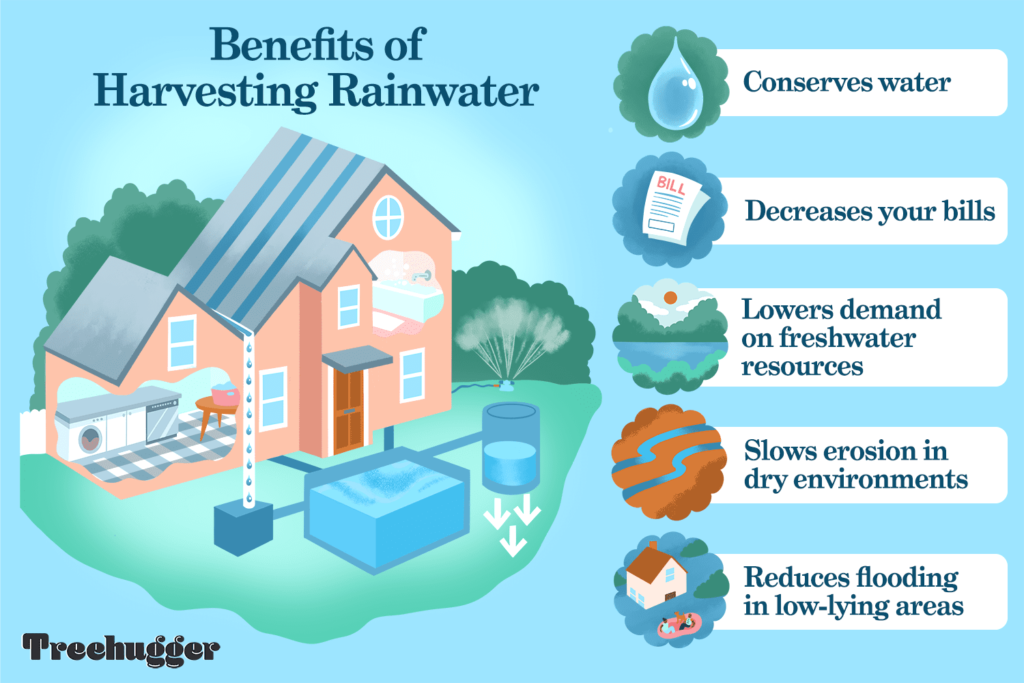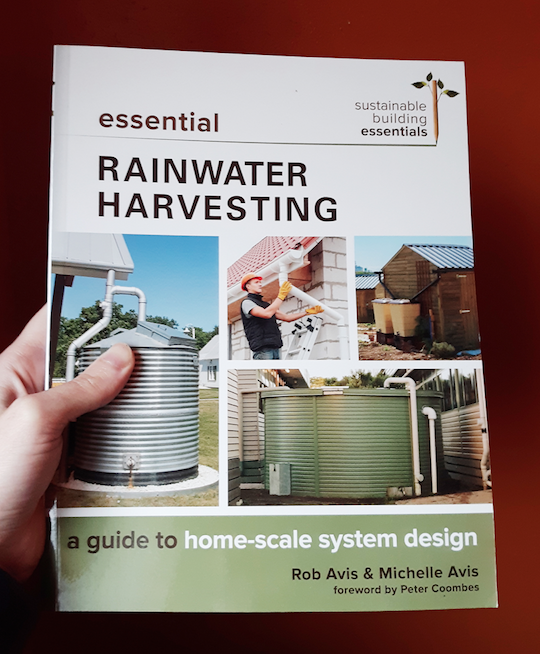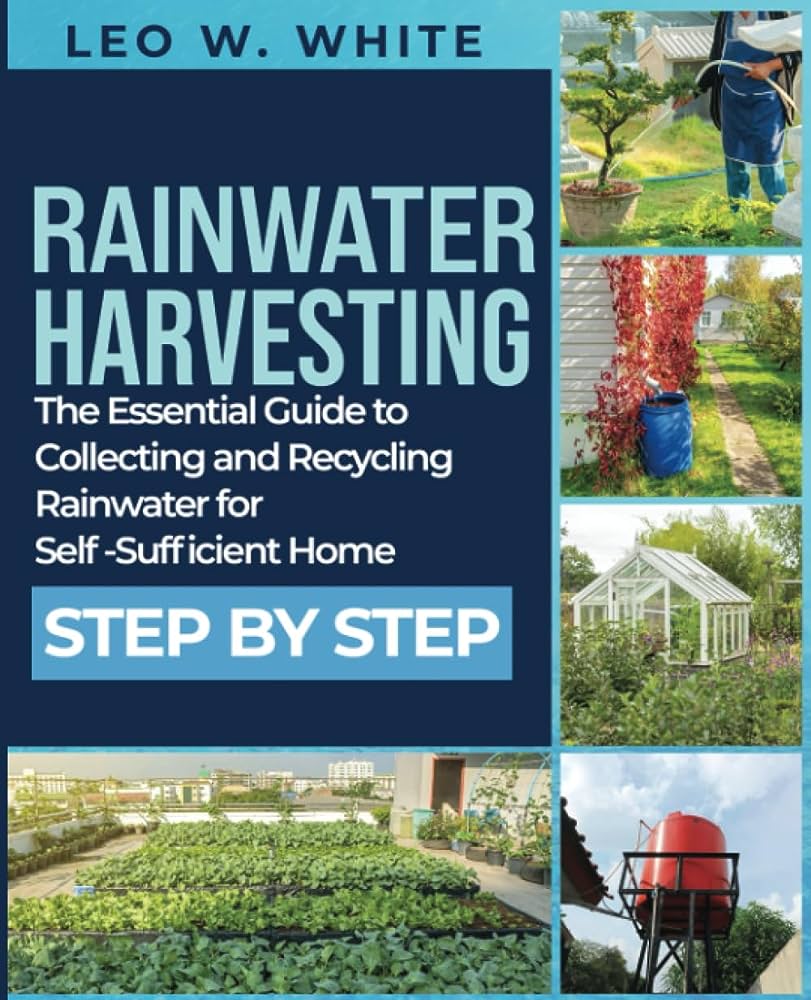As an Amazon Associate I earn from qualifying purchases.
Have you ever wondered how you can make better use of rainwater? Well, you’re in luck! In this article, we’re going to dive deep into the world of rainwater harvesting. You might be thinking, “What exactly is rainwater harvesting?” Well, it’s all about collecting and storing rainwater for various uses. Trust me, it’s an incredible way to conserve water and reduce reliance on traditional water sources. So, let’s explore the ins and outs of rainwater harvesting together!
Rainwater harvesting is a simple yet powerful method that allows you to capture rainwater and put it to good use. The process involves collecting rain that falls on your roof or other surfaces and directing it into a storage system. This harvested water can then be used for a multitude of purposes, such as watering plants, washing clothes, flushing toilets, or even drinking if properly treated. Not only does this help you save money on water bills, but it also helps in conserving water resources and relieving stress on the environment.
Now, you might be wondering how exactly rainwater harvesting works. Well, it all starts with a collection system, which typically includes gutters, downspouts, and filters. These components work together to direct rainwater from your roof to a storage tank or underground reservoir. It’s important to note that proper filtration and purification are crucial to ensure the water is safe for use. But don’t worry, we’ll cover all the important details and techniques in our upcoming article on rainwater harvesting.
In our upcoming article, we’ll delve deeper into the various methods and systems of rainwater harvesting. We’ll discuss the different types of storage tanks, their maintenance, and how to calculate the water potential for your specific needs. We’ll also tackle any concerns you might have about the quality and safety of harvested rainwater. So, get ready to learn everything you need to know about rainwater harvesting. You’ll be amazed at how easy and beneficial it can be!
What is Rain Water Harvesting?
Rainwater harvesting is the process of collecting and storing rainwater that falls on rooftops, lands, or other surfaces. It involves the capture and storage of rainwater for future use. This water can be used for various purposes, such as irrigation, toilet flushing, laundry, and cleaning. Rainwater harvesting is an important practice that helps conserve water resources and reduce reliance on freshwater sources.
Benefits of Rain Water Harvesting
There are several benefits of rainwater harvesting that make it a valuable practice:
-
Water Conservation: Rainwater harvesting helps conserve water by capturing and storing rainwater for later use. This reduces the need for drawing water from freshwater sources like rivers, lakes, and underground aquifers.
-
Cost Savings: Harvesting rainwater can lead to significant cost savings on water bills, especially for activities like gardening or irrigation. It provides a sustainable and cost-effective alternative to using municipal water supplies for non-potable purposes.
-
Reduced Stormwater Runoff: By collecting rainwater, you can reduce the amount of stormwater runoff that flows into drains and water bodies. This helps prevent flooding, erosion, and contamination of water sources with pollutants.
-
Sustainable Water Source: Rainwater is a renewable and reliable water source, especially in areas with limited access to freshwater resources. Harvesting rainwater ensures a constant supply of water for various needs, even during periods of drought or water scarcity.
Importance of Rain Water Harvesting
Rainwater harvesting is becoming increasingly important due to several factors:
-
Growing Water Demand: With the increasing global population and expanding urban areas, the demand for water is rising. Rainwater harvesting provides an additional source of water, reducing the pressure on traditional water sources and ensuring a sustainable supply.
-
Climate Change Impact: Climate change is causing irregular and unpredictable rainfall patterns in many regions. Rainwater harvesting helps to capture and store rainwater during the rainy season, providing a buffer during periods of prolonged dry spells or droughts.
-
Groundwater Depletion: Over-extraction of groundwater can lead to the depletion of aquifers and land subsidence. Rainwater harvesting reduces the dependence on underground water sources and helps recharge aquifers, contributing to the long-term sustainability of water resources.
Methods of Rain Water Harvesting
There are various methods of rainwater harvesting that can be employed depending on the location and requirements. Some common methods include:
-
Rooftop Rainwater Harvesting: This method involves collecting rainwater from rooftops using gutters and downspouts. The collected water is then directed into storage tanks or underground reservoirs.
-
Surface Runoff Harvesting: This method involves collecting rainwater from land surfaces like roads, pavements, and open fields. The water is collected in shallow pits, trenches, or ponds, where it can be stored or used for recharge.
-
Stormwater Harvesting: This method captures rainwater runoff from roads, parking lots, and other urban surfaces. The collected water is treated and reused for various purposes like irrigation, landscaping, or groundwater recharge.
Preparing for Rain Water Harvesting
Before implementing rainwater harvesting, there are several steps you need to consider:
Determining Water Needs
Assess your water requirements based on your household or community needs. Calculate the amount of water needed for various purposes like drinking, cooking, bathing, and irrigation. This will help determine the storage capacity required for rainwater harvesting.
Calculating Roof Catchment Area
Measure the size of your roof area that can be used for rainwater harvesting. This will determine the potential amount of rainwater that can be captured. Consider factors like the slope of the roof, rainfall patterns, and the type of roofing material.
Choosing the Right Collection System
Select the appropriate rainwater collection system based on your needs and available space. Common systems include rain barrels, cisterns, and underground tanks. Consider factors like storage capacity, ease of maintenance, and suitability for the local climate.

Rainwater Collection Systems
There are various rainwater collection systems available, each with its own advantages and considerations:
Rain Barrels
Rain barrels are small, above-ground containers used to collect and store rainwater. They are typically placed under downspouts to capture water runoff from the roof. Rain barrels are suitable for residential settings and provide a convenient water source for activities like gardening or car washing.
Cisterns
Cisterns are larger storage tanks that can hold significant amounts of rainwater. They are typically placed underground or above ground and can be made of materials like concrete, plastic, or fiberglass. Cisterns are suitable for both residential and commercial use and can provide a reliable source of water for various purposes.
Underground Tanks
Underground tanks are similar to cisterns but are installed below the ground surface. They offer the advantage of saving space and can be hidden from view. Underground tanks are commonly used in urban areas where space is limited and aesthetics are a consideration.
Installation and Maintenance
Proper installation and maintenance are essential for an effective rainwater harvesting system:
Gutter and Downspout Setup
Ensure that your gutters and downspouts are properly installed and free from debris. This will prevent blockages and allow rainwater to flow smoothly into your storage system. Regularly check and clean gutters and downspouts to maintain optimal functionality.
Screening and Filtering
Install screens or filters at the entry points of your rainwater collection system to prevent leaves, debris, and insects from entering. This will improve the quality of the collected water and prevent clogging of pipes or filters.
Maintenance Tips
Regularly inspect your rainwater harvesting system for any leaks, cracks, or damage. Ensure that the storage tanks or reservoirs are clean and free from contamination. Periodically flush out the system and maintain proper water circulation to prevent stagnation or bacterial growth.

Using Harvested Rainwater
Once collected, harvested rainwater can be used for various purposes:
Irrigation and Gardening
Rainwater is ideal for irrigation and watering plants as it is free from chemicals and has a balanced pH. Use collected rainwater for gardening, watering lawns, or irrigation of agricultural crops. This can save significant amounts of freshwater and reduce the strain on local water sources.
Toilet Flushing
Rainwater can also be used for toilet flushing, which accounts for a significant portion of household water usage. By using harvested rainwater for flushing toilets, you can conserve freshwater and reduce water bills.
Laundry and Cleaning
Harvested rainwater can be used for laundry and general cleaning purposes. It can be treated or filtered if necessary to ensure cleanliness and hygiene. Using rainwater for these activities helps conserve municipal water supplies and reduces water consumption.
Water Treatment for Consumption
While rainwater is generally safe for non-potable uses, additional treatment may be necessary if it is intended for drinking or cooking:
Filtration
Rainwater can be filtered to remove sediment, debris, and impurities. Common filtration methods include using sand filters, charcoal filters, or ceramic filters. Filtration helps improve the quality of the water and removes any visible particles.
Disinfection
To ensure that rainwater is safe for consumption, it should be disinfected to kill any harmful bacteria or microorganisms. Chlorination, ultraviolet (UV) treatment, or ozonation can be used to disinfect harvested rainwater.
Boiling
Boiling rainwater is another effective method to kill bacteria and make it safe to drink. Bring the water to a rolling boil for at least one minute, then allow it to cool before consumption.

Rain Water Harvesting for Communities
Rainwater harvesting can also be implemented at a community level to maximize its benefits:
Collective Rainwater Harvesting
Communities can adopt collective rainwater harvesting systems where multiple households or buildings are connected to a common storage system. This allows for efficient use of resources and sharing of water supply.
Water Conservation Programs
Governments and organizations can implement water conservation programs that promote rainwater harvesting. These programs can include incentives, subsidies, or awareness campaigns to encourage individuals and communities to adopt rainwater harvesting practices.
Community-Scale Storage
In areas with limited rainfall or water resources, community-scale storage systems can be implemented. Large cisterns or reservoirs can be constructed to collect and store rainwater for the entire community. This ensures a more reliable water supply and reduces the dependence on external sources.
Rainwater Harvesting Laws and Regulations
Before implementing rainwater harvesting systems, it is important to be aware of any local laws, regulations, or permits that govern their installation and use:
Permitting
Some jurisdictions may require permits or approvals for installing rainwater harvesting systems. Check with local authorities to ensure compliance with any regulations or guidelines.
Building Codes
Rainwater harvesting systems may need to adhere to specific building codes or standards for safety and structural integrity. Ensure that the system design and installation meet the necessary requirements.
Water Rights
In certain areas, water rights and allocation may govern the use of rainwater for certain purposes like irrigation or commercial activities. Familiarize yourself with any water rights regulations that may apply.

Educating and Promoting Rain Water Harvesting
Promoting rainwater harvesting requires education and awareness. Various methods can be employed to educate and promote the practice:
Training and Workshops
Organize training sessions or workshops to educate individuals and communities about the benefits and methods of rainwater harvesting. Provide hands-on demonstrations and practical guidance on system installation and maintenance.
Public Awareness Campaigns
Carry out public awareness campaigns to highlight the importance of rainwater harvesting and its role in water conservation. Utilize various mediums like social media, posters, and community gatherings to disseminate information and encourage participation.
Incentive Programs
Implement incentive programs or financial incentives to encourage individuals and communities to adopt rainwater harvesting. This can include tax incentives, rebates, or grants for the installation of rainwater harvesting systems.
Conclusion
Rainwater harvesting is a sustainable and effective method of conserving water resources. By capturing and utilizing rainwater, individuals and communities can reduce water consumption, conserve freshwater sources, and mitigate the impacts of climate change. Implementing rainwater harvesting systems requires careful planning, proper installation, and regular maintenance. By educating and promoting the practice, we can ensure a more sustainable and water-wise future. So start harvesting rainwater today and be part of the solution to our global water challenges.

As an Amazon Associate I earn from qualifying purchases.










